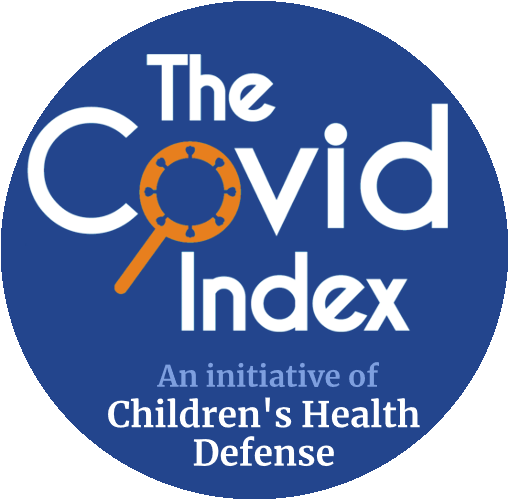"Background
COVID-19 mRNA vaccines play a vital role in the fight against SARS-CoV-2 infection. However, lactating women have been largely excluded from most vaccine clinical trials... Here, we evaluated if COVID-19 vaccine mRNA is detectable in breast milk (BM) after maternal vaccination and determined its potential translational activity...
Results
A total of 13 subjects (representing 20 exposures) were enrolled, with 11 exposures to the BNT162b2 vaccine and 9 exposures to the mRNA-1273 vaccine... Daily collection of BM samples (2–5 samples/day) for the first 5 days post-vaccine exposure was achieved for 11 of the 20 exposures...
All pre-vaccination BM samples were negative for COVID-19 vaccine mRNA. Small amounts of vaccine mRNA were detected in the whole BM in 15 samples from 10 exposures at 3–45 h post-vaccination...
Discussion
Our findings suggest that the COVID-19 vaccine mRNA administered to lactating mothers can spread systemically to the BM in the first two days after maternal vaccination... [T]he vaccine mRNA detected in BM was largely fragmented and retained only 12–25% of the original vaccine mRNA integrity...
... Our model proposes that following intramuscular administration, the LNPs containing the vaccine mRNA are likely carried to mammary glands via hematogenous or lymphatic transport. The LNPs will release their mRNA content into the cytosol of the mammary gland cells, and a portion of this mRNA will be recruited, packaged, and released in the BM EVs (exosomes or microvesicles). This can be significant as the BM EVs act as natural LNPs, protecting the mRNA from degradation. Milk-derived EVs are resistant to proteolysis by gastric and pancreatic secretions and can be readily absorbed by intestinal epithelial cells ...
Conclusion
Our findings suggest that vaccine mRNA is not localized to the injection site but spreads systemically and can be packaged into BM EVs. While the mRNA vaccine seems to be translationally inactive, further investigation is required to determine the minimum amount of mRNA needed to elicit an immune response in newborns."
Copyright © 2023 The Author(s). Published by Elsevier B.V.
This is an open access article under the CC BY-NC-ND license (http://creativecommons.org/licenses/by-nc-nd/4.0/).
